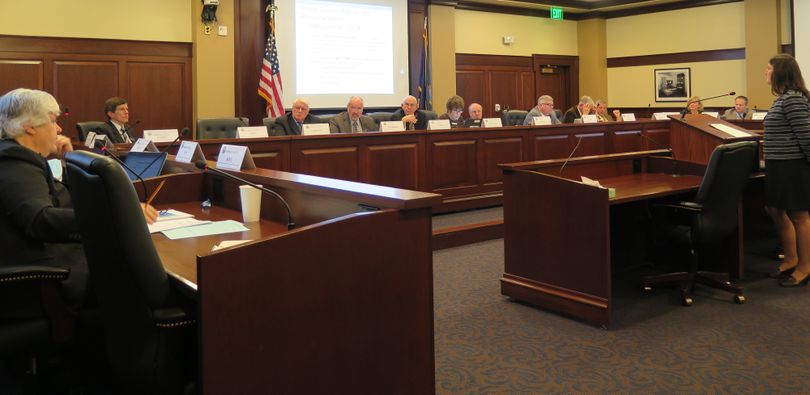Idaho state employee pay lags behind market, even when benefits are counted in

Idaho’s average annual salary for classified state employees, $44,033, is 24 percent behind the private sector market average and 14 percent below the public sector market average, according to the latest official state study that’s required by law. Total compensation, including benefits, is estimated at 8 percent below private-sector rates and 11 percent below public-sector rates.
That’s among the data that’s being presented this afternoon to the Idaho Legislature’s Joint CEC Committee (CEC stands for Change in Employee Compensation). The panel, which meets today, Thursday, Friday and next Tuesday, and will take public testimony Thursday afternoon at 4, is charged with making a recommendation to JFAC, the Joint Finance-Appropriations Committee, on state employee merit increases for next year; adjustments to the state’s salary structure; specific occupational inequities (also known as “payline exceptions”); and the benefit package for state employees.
“We do appreciate the people who work here, and when you come to the Capitol and you find out how hard the state workers work, you have a real appreciation,” Sen. Jim Patrick, R-Twin Falls, told the joint committee as it opened its meeting today.
Added Co-Chairman Rep. Neil Anderson, R-Blackfoot, “We’ll look forward to giving this a thorough review and hopefully making some recommendations at the end that our JFAC committee can use in their funding decisions going through the session.”
Gov. Butch Otter is recommending 3 percent merit-based raises for state employees next year, and a 3 percent adjustment to the state’s salary structure. The salary structure change would cost the state $129,500 next year, which is the cost to bring 394 employees up to the new minimum in their salary ranges, who would otherwise be below. He’s also calling for maintaining the current state employee benefit package, with the same ratio splitting the costs between employees and their employer (which means employees could see some increases in their premiums); and very few new payline exceptions. If the Legislature were to take no action, by law, the governor’s recommendation would take effect.
You can read my Dec. 6 story here on the detailed findings of this year’s state report on employee compensation; you can watch today's meeting live online here.
“Three percent will just barely keep us at status quo – it will get us closer,” said Susan Buxton, administrator of the state Division of Human Resources. But she said the merit raises, if consistently addressed over multiple years, will help. Malinda Riley, principal of the Korn Ferry Hay Group, told the joint committee, “We understand that it’s not reasonable to close this gap. … The 3 percent increase ensures that the state cannot lose further ground.” And, because it’s distributed based on merit, it allows greater reward for the highest-performing employees, she said.
